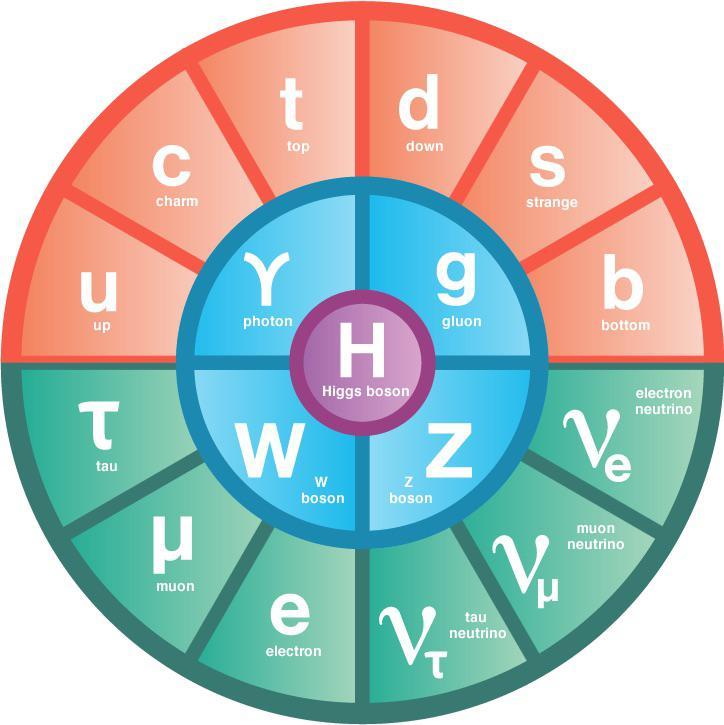In the realm of modern fantasy literature, few authors have managed to create a magic system as intricate and compelling as that found in Brandon Sanderson’s “Mistborn” series. At the heart of this captivating narrative lies Allomancy, a meticulously crafted system that combines elements of mysticism and logic, offering readers a unique blend of the fantastical and the methodical. This article seeks to delve into the mechanics and nuances of Sanderson’s magic system, exploring its foundational principles, its impact on the narrative structure, and its role in character development. Through an analytical lens, we will examine how Allomancy not only serves as a driving force for the plot but also reflects broader themes within the series, ultimately solidifying its place as a cornerstone of Sanderson’s world-building prowess.
Allomancy and Its Role in Character Development
In the world of Mistborn, Allomancy is not merely a magical tool but a profound vehicle for character development. Each Allomancer’s unique abilities and limitations reflect their personality and growth throughout the narrative. For instance, Vin, the protagonist, discovers her identity and inner strength through her evolving mastery of Allomancy. Her journey from a street urchin to a powerful Mistborn highlights the transformative nature of this magic system. The metals she burns are symbolic of her personal struggles and triumphs, creating a deep connection between her character arc and her magical prowess.
- Pewter enhances physical strength and resilience, mirroring Vin’s growing confidence and tenacity.
- Brass and zinc, which allow for emotional manipulation, underscore Kelsier’s leadership and his ability to inspire or manipulate his crew.
- Copper and bronze play a significant role in the clandestine aspects of the plot, reflecting the secretive and strategic minds of the characters.
Through these magical elements, Sanderson not only enriches the plot but also provides a nuanced exploration of each character’s inner world. This intricate connection between Allomancy and character growth elevates the storytelling, offering readers a multifaceted understanding of both the individuals and the society they inhabit.

Feruchemy and the Dynamics of Power Balance
In the intricate magic system of Mistborn, Feruchemy stands out as a fascinating study of power dynamics and balance. This ancient art allows its practitioners, known as Feruchemists, to store attributes such as strength, speed, and even memories in metalminds. The process is a delicate equilibrium: to gain power at one moment, a Feruchemist must have first willingly weakened themselves at another. This cyclical exchange fosters a profound balance, contrasting sharply with the more straightforward, consumption-based magic of Allomancy.
Feruchemy’s nuanced approach to power invites a deeper exploration of its implications within the narrative. Consider the following aspects:
- Temporal Investment: Unlike Allomancy, which provides immediate results, Feruchemy requires foresight and patience. The practitioner must strategically decide when to store and when to tap their attributes.
- Personal Sacrifice: The necessity to weaken oneself to gain strength later emphasizes themes of sacrifice and delayed gratification, highlighting the character’s resilience and discipline.
- Equality and Self-Sufficiency: Feruchemy is inherently egalitarian, as it relies solely on the individual’s ability to manage their resources, without external consumption or dependency.
These elements collectively underscore the profound philosophical underpinnings of Feruchemy, making it not just a tool for power, but a reflection of the user’s inner strength and moral fortitude.

Hemalurgy: Ethical Implications and Consequences
In the realm of Mistborn, Hemalurgy is a magic system that carries profound ethical implications. This practice involves the brutal act of piercing a person’s body with a metal spike to transfer magical abilities or enhance physical prowess. However, the process often results in the death of the donor, raising significant moral questions. The use of Hemalurgy challenges the ethical boundaries of power acquisition, as it necessitates the exploitation and sacrifice of others. This dark art forces characters to grapple with the moral cost of their ambitions and the extent they are willing to go for power.
- Consent: The absence of consent in Hemalurgic practices highlights its moral depravity.
- Identity and Autonomy: The manipulation of a person’s soul through spikes raises concerns about individual autonomy and identity.
- Consequences: The societal impact of Hemalurgy is profound, often leading to fear, oppression, and inequality.
Furthermore, Hemalurgy’s consequences extend beyond the individual level to societal dynamics. By creating a hierarchy based on forcibly obtained power, it perpetuates cycles of violence and fear. This system serves as a stark reminder of the dangers inherent in unchecked power and the ethical dilemmas faced by those who wield it. As readers delve into the intricacies of Hemalurgy, they are prompted to reflect on the balance between ambition and morality, and the inevitable consequences of overstepping ethical boundaries.

Recommendations for Integrating Magic Systems in Fantasy Writing
Incorporating a magic system into your fantasy narrative can significantly enhance the depth and intrigue of your world-building. Drawing inspiration from Brandon Sanderson’s “Mistborn” series, consider these recommendations:
- Define Clear Rules and Limitations: Establishing specific rules for your magic system can create a sense of realism and consistency. In “Mistborn,” Allomancy is governed by the consumption of metals, each granting a distinct ability, which provides a structured framework for the reader to understand the mechanics of magic.
- Balance Power with Cost: Ensure that your magic system maintains balance by imposing costs or limitations on its use. For example, in “Mistborn,” the use of Allomantic powers is limited by the availability of metals, which introduces strategic decision-making for characters and prevents them from becoming overly powerful.
- Integrate Magic with World-Building: A magic system should not exist in isolation but be interwoven with the societal, cultural, and political aspects of your world. In Sanderson’s series, Allomancy influences social hierarchy and political dynamics, enhancing the complexity and believability of the universe.
By applying these principles, you can craft a magic system that not only captivates your audience but also enriches the narrative landscape of your fantasy writing.
